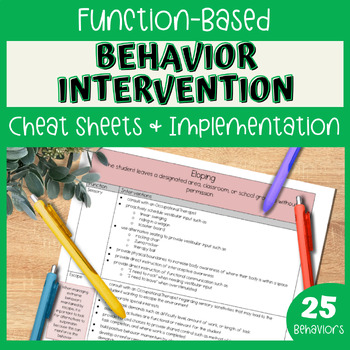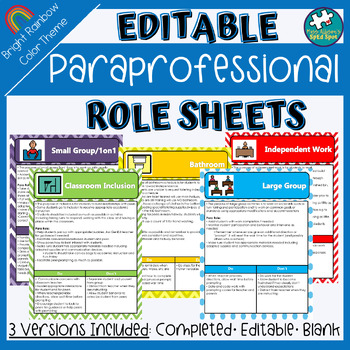
Back to School season is upon us! I know I can't believe it either. To make heading back to the classroom easier I have compiled my top 10 special education resources for your classroom. Click on any of the cover images below to find the resource in my TPT store! Resources for Teacher Organization Before the students even start, it is essential to get organized! So much of the SpEd world revolves around paperwork so these resources are great time (and sanity) savers! 1. NO PREP IEP Organization Kit : This kit provides helpful resources for IEP planning and progress reports. Check out this blog post for a page-by-page snapshot of what's included: Must-Have IEP Organization Kit 2. NO PREP IEP Progress Monitoring BUNDLE : This bundle includes over 100 progress monitoring sheets covering TONS of skills in Math, Reading, Writing, Communication, Vocabulary, Daily Routines, and Fine Motor that are ready to print and go! Resources for Routines The first week (or two!) of school shoul......

Download my FREE Number Practice Powerpoint I look forward to connecting with you and sharing SpEd Spot tips and FREEBIES! Download the FREEBIE! Built with ConvertKit Do you have students with significant learning needs in your math class or self-contained special education classroom? I have been there! Keep reading for some great tips on meeting their needs and also for some great freebies! This year I have 7 students who are just beginning to learn their numbers. Initially, I tried finding cutesy number activities that aligned with our weekly theme. However, I quickly learned that these activities were too complicated for this particular group of kids. This group has many needs. Most of them struggle visually, either due to vision issues such as difficulty with tracking or visual attention or due to visual sensory sensitivity. Therefore games that featured apples or buses that just happened to have numbers in the middle of them were too hard for these students to proc......
Subscribe to:
Comments (Atom)






